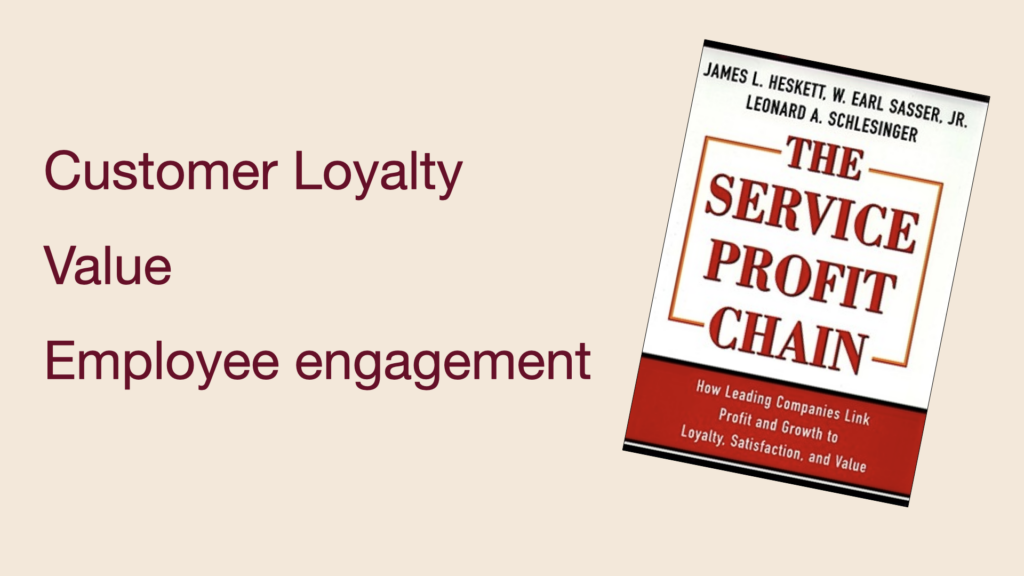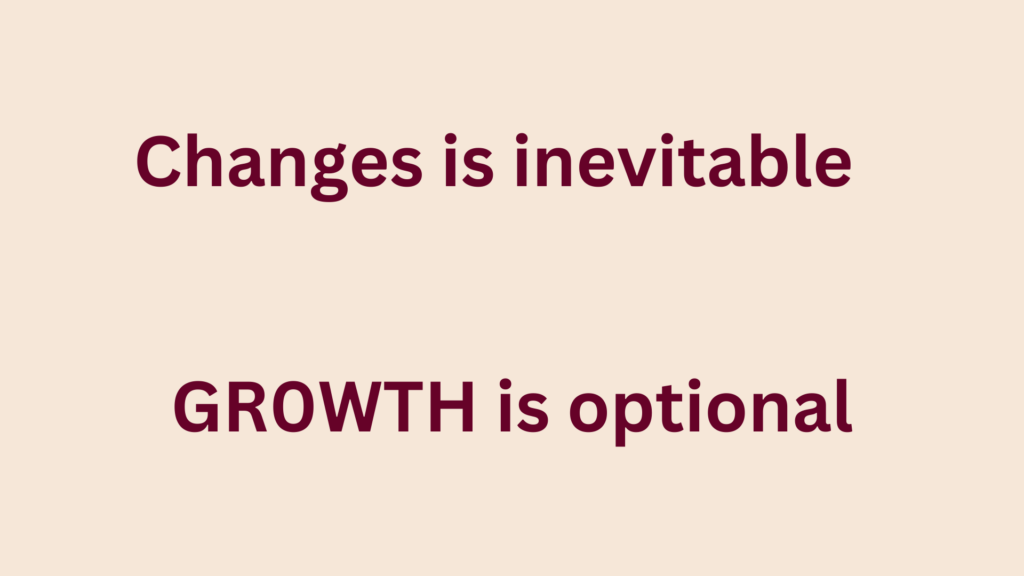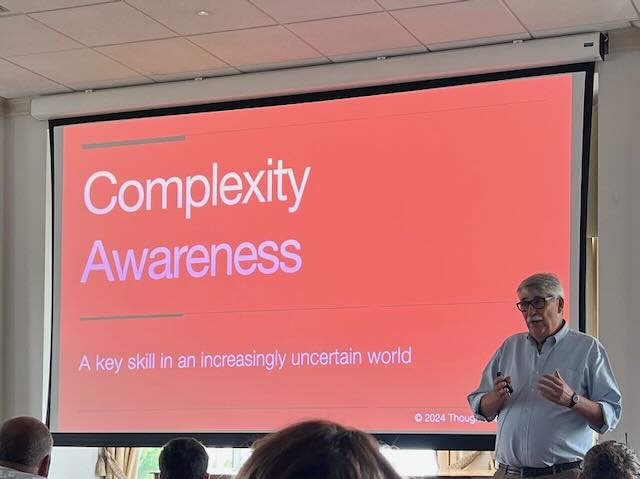
Picture a perfectly ripe peach on your desk.
It’s beautiful, fragrant. After a few days, tiny spots start to appear. A few days later, when you finally think about enjoying that peach, it’s mushy, spotted, and crawling with fruit flies.
Leadership failure rarely announces itself with dramatic mistakes. More often, it creeps in through quiet inaction – those small moments when we choose to “wait and see” instead of engage.
– We see the team member struggling with a project but tell ourselves they’ll figure it out.
– We notice communication gaps widening but convince ourselves they’ll naturally resolve.
– We observe declining engagement but hope it’s just a phase.
Potential rots silently.
By the time the symptoms become impossible to ignore, the damage requires far more intervention than a simple, early conversation would have.
Great leadership isn’t just about avoiding wrong decisions – it’s about making the right ones at the right time. It’s about having those uncomfortable conversations when they’re merely uncomfortable, not yet critical. It’s about addressing small performance gaps before they become chasms.
Ask yourself:
What conversations am I avoiding today that I’ll wish I had yesterday?
What small issues am I hoping will resolve themselves?
#Leadership #Management #PersonalDevelopment #ProfessionalGrowth





